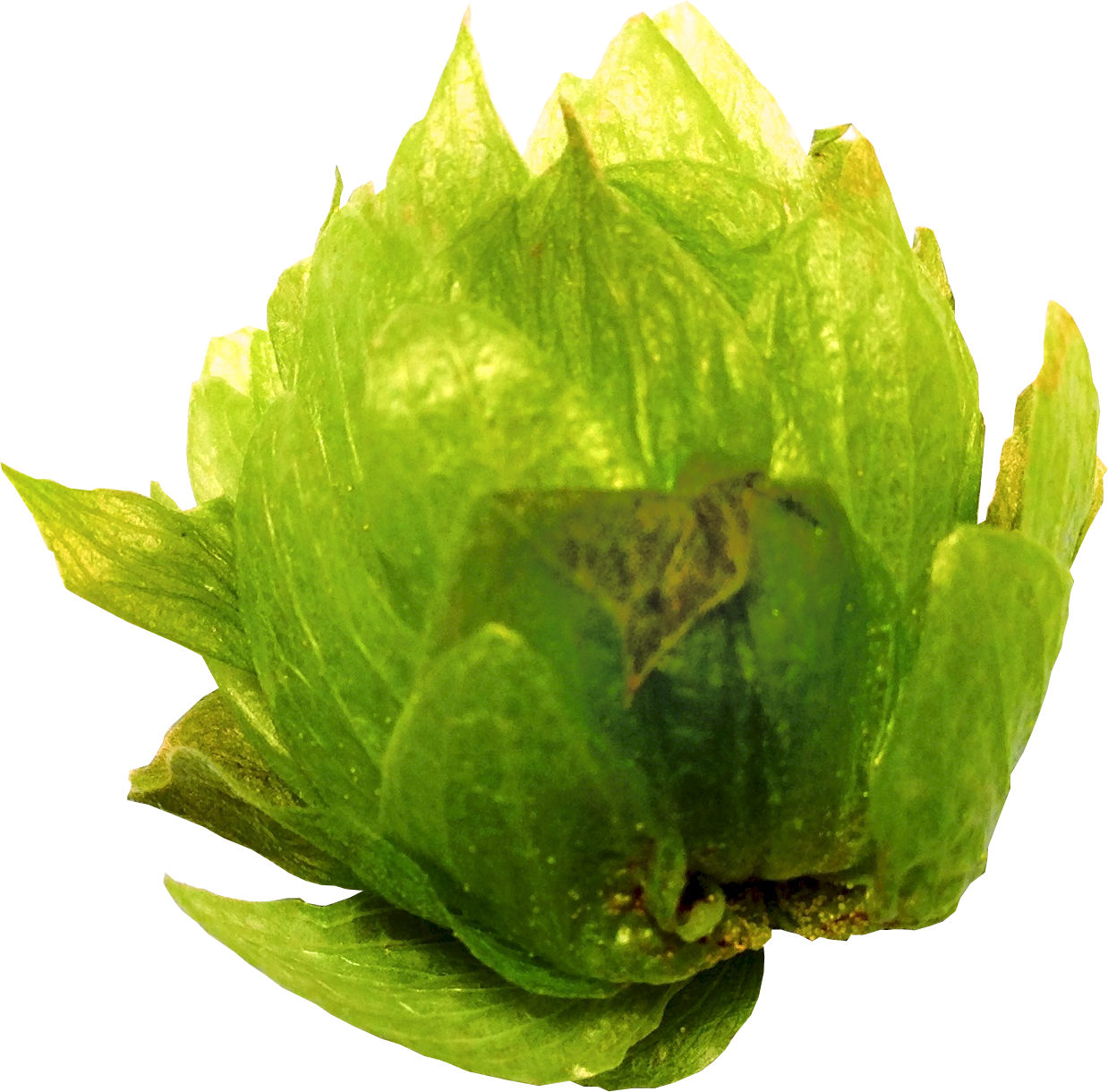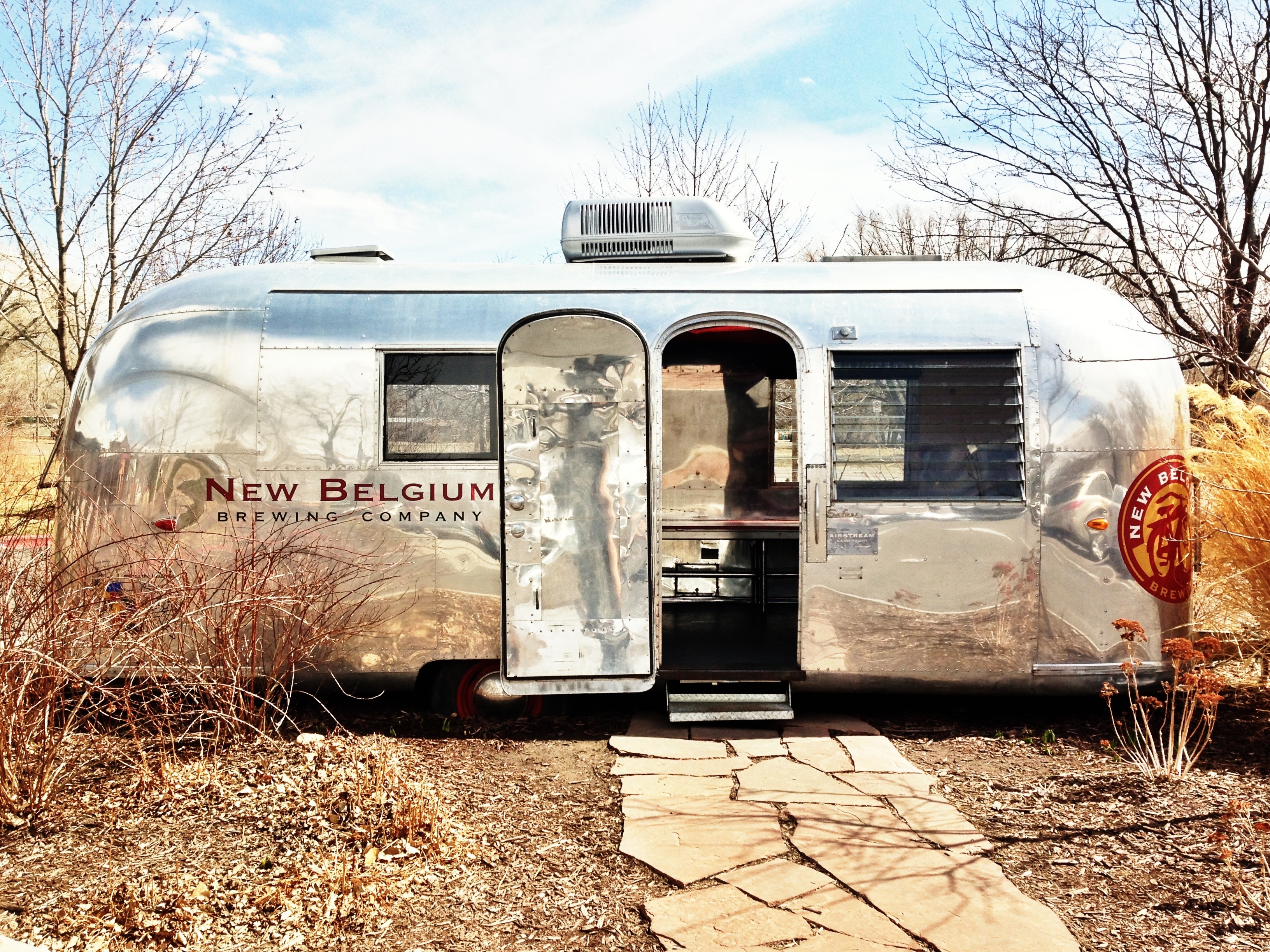
Aces and Ales did it again, and in a big way. I’ve been to their Strong Beer Fest, Winter Beer Fest, Stone Domination, etc., but never have I felt the sense local community like I did a week ago Saturday. Aces and Ales presented their first ever Homegrown Tap Takeover, which brought together Las Vegas’ four most well known breweries: Tenaya Creek, Joseph James, Big Dog’s and Chicago Brewing Company.
Before I get into the beer, much praise needs to be heaped upon everyone that had a hand in making this special event happen. The organization and execution was flawless, and the Aces crew were in high spirits as they hustled to deliver great craft beer and delicious food to the insatiable palates of their patrons. The breweries put their best efforts forward and really were able to come through with some memorable offerings. A huge thank you to everyone involved. (more…)
I’ve started brewing again since I had to dump the last few batches of beer and am in different stages of 3 new beers.
Cinnamon Porter: I brewed this three weeks ago and I just bottled it yesterday. Because my beers are bottle-conditioned, it will be at least another 3 weeks until it’s “ready.”
I purchased an ounce of cinnamon sticks to be used in this beer. .25 ounces was put in at the end of the boil. This was mostly because I was undecided when it was I should be adding the cinnamon. I was set on adding it to the fermenter but I thought I’d throw some in the boil to for good measure. The other .75 ounces was put in a cup of Crown Royal whisky with a little bit of vanilla extract added as well. This was left to soak for the entire first week that the beer was fermenting. Few reasons for this: One, anything you add to the fermenter must be sanitized. The typical way to add something like this would be to soak it in a little bit of boiling water for about 15 minutes, then cool it, and dump all of it, water included, into the fermenter. I wasn’t fond of adding water to the fermenter so I opted to soak it in whisky instead. The high alcohol content of whisky makes it sanitary and it tastes better than water. I waited a week to pour it in to ensure the cinnamon sticks really soak in the whisky. Also, the first week is when the yeast are actively converting the sugars and there’s a lot of activity going on in the beer. Adding hops, or anything else, during this time can result in the flavor being lost due to the fermentation process. After the first week, the actual fermentation is complete and the beer is conditioning or settling out some of the flavors, so it is ideal to add it then.
The color is very dark, almost black. However, swirling the beer around shows a reddish hue. The cinnamon gives the porter a nice smell as well as a different kind of bitterness than is usually present from the roasted malts or hops. The cinnamon isn’t too overpowering, but you definitely need to like cinnamon if you are going to drink it.
Honey Pale Ale: The very first beer I brewed was a pale ale that used only one malt and one variety of hop, centennial hops. I wrote that recipe as simple as possible just to get an idea of where to start when it comes to writing my recipes. Despite all my other beers since then containing various varieties of malts and hops, I liked the idea of making the same simple beer again, but attempting to improve the flavor. There are a lot of single malt and single hop beers (typically called SMaSH beers) that are very good. I think being able to make a really good beer with as few ingredients as possible is a sign of skill. So I changed the things I found boring in the first one.
First, I used a higher quality, Belgian pale malt this time around. The hops tasted great in the original, however it wasn’t quite bitter enough and there wasn’t as much aroma as I would like. So I adjusted the amounts and times that hops are added to accentuate the bitterness, but still keep it moderate to keep with the style. I am also adding twice as much hops in the fermenter (called, dry-hopping) to boost the aroma.
On top of those changes, I wanted an added sugar in there that would compliment the single malt without being too obvious. I added honey to this beer as well. Not enough that would change this beer in to a braggot (beer made up of 50% honey, 50% malt) but enough to make a light difference.
I brewed this last Sunday so it is currently fermenting away. I’ll dry hop it this upcoming Sunday and from there, it will be about 5 weeks until it is ready.
IPA: I was very impressed with the IPA I previously brewed. The feedback I got from the people who have tried it was that they were as well. However, I did find it lacking in a few areas. Much like my pale ale, I modified the recipe to try and improve the flavor.
Cascade hops were the only variety used in the original. It had a great bitterness, however it wasn’t as complex in flavor as I would have liked. This time around I purchased chinook hops to use as well. Drink a Stone Arrogant Bastard to get an idea of what these hops taste like. I add hops several times during the boil in this recipe. The chinook hops will be primarily added in the first half, where as the second half will use primarily cascade hops. Chinook hops have a higher alpha acid (bittering component in hops) so they are better suited in the beginning, where as cascade is better suited as an aroma hop to be added at the end of the boil.
The original IPA, just like the pale ale, was really lacking in the aroma department. So, once again I am adding twice as much in the fermenter. Not only that, I am going to be using citra hops. Citra hops are a newer variety of hops that are popularly used as a bittering hop, or to dry-hop beers with. They have a very citrusy flavor and smell so they are perfect for IPA’s.
Very few places sell citra hops, since they are less common and a bit more expensive. Most places I checked either didn’t carry them, or were sold out. I found a site that had both pellets and whole leaf hops. Briefly, these are the two common ways to buy hops. Whole leaf hops are hops plucked from the vine and packaged. Pellet hops are hops that are ground and compacted into little pellets. Pellets are typically more common since they take up less space and are easier to filter out when brewing. However whole leaf hops are ideal for dry hopping as they add a fresher aroma. If I’m going to buy citra hops to dry-hop the beer, I figure I should buy the whole leaf. This will be the first time I use whole leaf hops. I am very excited to see how this beer turns out! I am going to brew it Wednesday.
After these three beers, I need to take another short break from brewing as I will be moving. Rest assured, the next few beers are already planned out: First, I’ll be making what will basically be the brown ale version of the pale ale, however I will be using maple syrup. I also plan on buying a fresh pumpkin and brewing a smoked pumpkin porter! This will be quite an involved process to make. Due to the amount of ingredients I will be adding to this beer, it will be a small batch, but it will be worth it!



